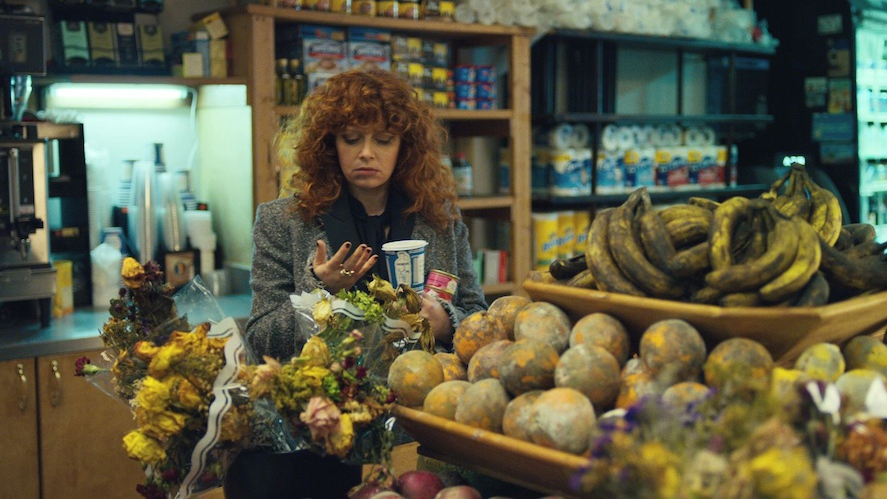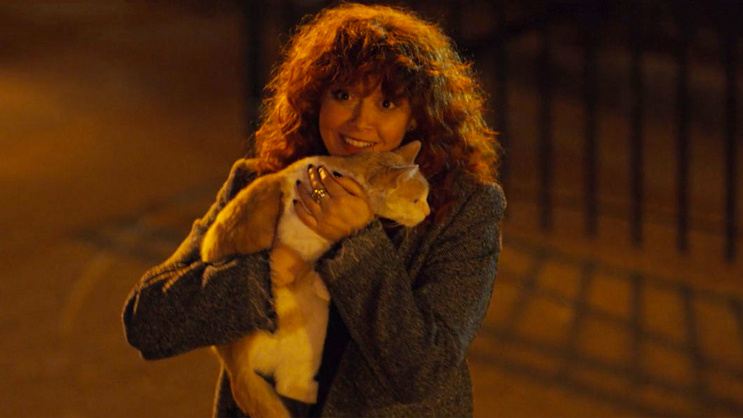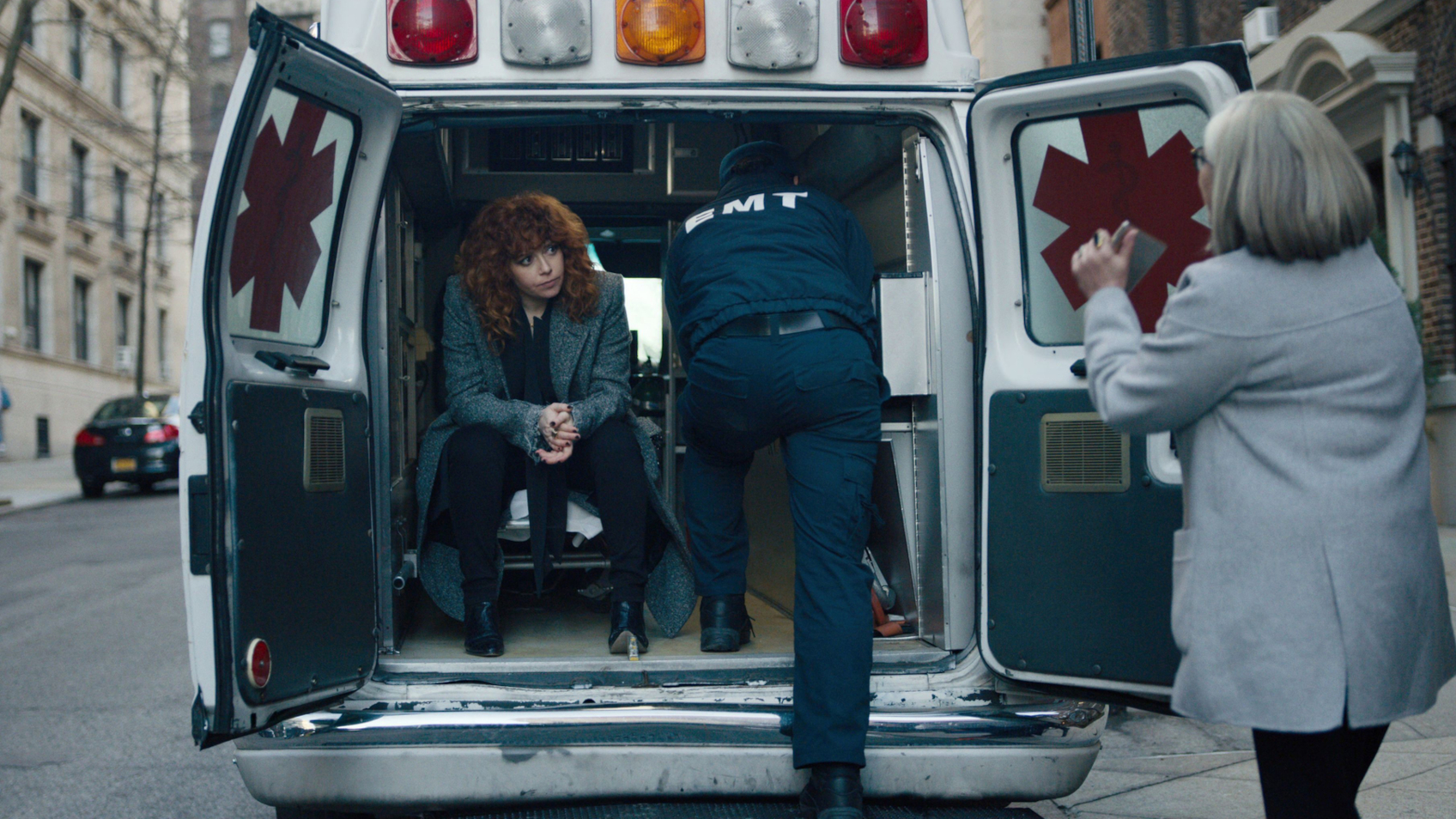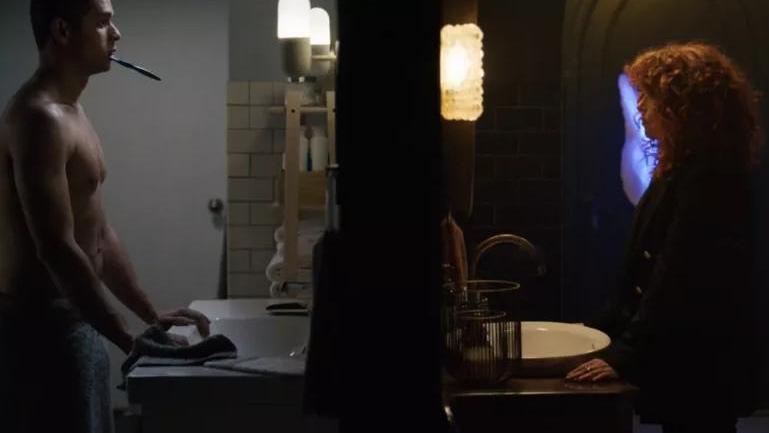How Russian Doll’s Quantum Immortality theory really works
In another universe, Russian Doll never would have been made. Thankfully, we live in the universe where it did.

This article contains spoilers for season 1 of Russian Doll.
The quirky, time-twisting, death-looping comedy series landed on Netflix back in 2019, and was so odd and out there that it was hard to firmly define its genre. It’s a comedy, yes, and clearly sci-fi – with inspiration from the world of game mechanics as well as quantum theory – but the wisecracking cocaine enthusiast found in lead character Nadia (played by Natasha Lyonne) means Russian Doll feels nothing like the likes of Star Trek.
However, the mind-bending show rests on some notable assumptions about the nature of the universe, or rather multiverse, and how our lives are tied up with it – and with a second season expected in the near future, it feels like a good time to revisit Russian Doll, and the scientific concepts underpinning it.
“Time? What a concept!”

In Russian Doll, game developer Nadia Vulvokov finds herself in a classic Groundhog Day scenario – forced to repeat the same day over and over. Except, much like quantum mechanics breaking the mold of classical physics, Russian Doll gives this scenario a twist, killing off its main character again and again in various and very sudden ways – be they by car crashes, deep rivers, or deadly staircases – and always returning her to the same moment in her bathroom, looking at the mirror and realizing she has to relive her 36th birthday all over again.
The universe feels set on making sure Nadia dies one way or another, and as she becomes more familiar with the set-up, she becomes more sure that there’s a ‘bug’ or ‘glitch’ causing her endless deaths, preventing her from either dying for good or continuing to live the life she had.
There’s a fascinating parallel between Nadia’s predicament and the Quantum Suicide posited by futurist Hans Moravec (among others). This thought experiment puts a new spin on the old Schrödinger’s Cat dilemma, where a cat is placed in a box alongside a radioactive substance, which sets off a poison gas or explosion if the substance decays.

As you’ll find cited in many a science-adjacent show – even The Big Bang Theory – the cat is considered both alive or dead until the box is opened, and the observer collapses ‘the wave function’ – the cat’s isolated and indeterminate quantum state – so that it is either alive or dead, determining the reality that we’re in.
Breaking space news, the latest updates on rocket launches, skywatching events and more!
The Quantum Suicide experiment, though, puts the observer inside the box. What happens when a person is both alive and dead at the same time, and how does their observation affect the experiment?
If the wave function doesn’t collapse, and more than one reality can coexist, then there may be branching universes – some of which see the observer die, and some of which see them survive.

The flip side of this is Quantum Immortality: the idea that, if we die in this life, there is always a universe where we narrowly escape death. Any brush with mortality sees a branching universe, so that while one version of us dies, another always continues to live – even to the point of immortality.
As Hungarian philosopher István Aranyosi puts it in one essay, ‘Should We Fear Quantum Torment?,’ “since the number of such increasingly improbable survival branches is infinite, given that the probability of surviving never drops to zero, we should expect to live forever. This is what we call Quantum Immortality.”
While Nadia does die, she herself is stuck in a form of Quantum Immortality, jumping back to a point of divergence after every death, once again in a new universe she is doomed to die in, rather than one where her life continues.
And the fact that the season ends on Nadia and Alan (who experiences the same time-looping fate) meeting versions of each other who haven’t been subject to quantum torment thus far, it’s clear that there’s more than one universe with them in it.
Simulation theory, or something else?

Russian Doll isn’t a neat retread of one philosopher’s thought experiment, but it does draw from various concepts such as Quantum Immortality, multiverse theory, as well as simulism – the belief that our universe is a simulation, created by engineers in some larger, greater universe.
As a game developer herself, Nadia is keenly aware of the problem of running programs with bugs in them, and relates this to how some things always revert to ‘normal’ after her death, while others don’t – persisting flowers that decay more after every loop, Schrödinger-reminiscent cats that appear and disappear, or rooms that seem to have fewer objects every time she visits them.
You’ll find the simulism (or ‘simulation theory’) view espoused by Elon Musk, who has said that “If you assume any rate of improvement at all, games will eventually be indistinguishable from reality [so] it’s most likely we’re in a simulation.”
But you can also view nature as being inherently computational, working through the logic of processing systems even if our lives aren’t just pieces of code at their core – and so far it’s unclear which of these views underpins Russian Doll’s quantum assumptions.
Separating the science from the fiction

Russian Doll has yet to let us in on the secret of its death paradox, only hinting at these theories, with more to be drawn out over a second season – and possibly a third, if the showrunners’ plans for a three season arc come to fruition. So far the show has offered a tantalizing cocktail of quantum concepts, mixing and matching different thought experiments while playing wildly with the result.
Russian Doll, like all good sci-fi, takes actual science as a jumping off point for something more dramatically tangible than the abstract thought experiments languishing in academic papers. Marvel’s Ant-Man use of quantum science is a good example of this, as are these other 5 most realistic space movies.
Even the title, Russian Doll, is very telling. It seems to refer to the babushka dolls contained inside one, larger doll, like all the different branching universes contained within Nadia’s life. It also feels like a callback to Hans Moravec, who referred to the Quantum Suicide experiment as a form of “Russian roulette” – the life-or-death game where a revolver with one bullet in the chamber is fired at one’s own head, deciding one’s fate by utter chance.
As the physicist Max Tegmark reminds us, the act of dying isn’t really analogous to the abstract, universe-splitting theories of quantum mechanics. But it certainly makes for better TV.
If you're looking for more great sci-fi TV, check out our guide to the best sci-fi tv shows based on books.
Join our Space Forums to keep talking space on the latest missions, night sky and more! And if you have a news tip, correction or comment, let us know at: community@space.com.
Henry St Leger is a news writer, commissioning editor and all-round geek for the worlds of technology and entertainment. He has years of experience in gadget reviews, has been interviewed live on both BBC World News and Channel News Asia, and will talk endlessly about Neon Genesis Evangelion to anyone who will listen. Bylines include TechRadar, Edge, Space.com, Digital Camera World, and Little White Lies.
